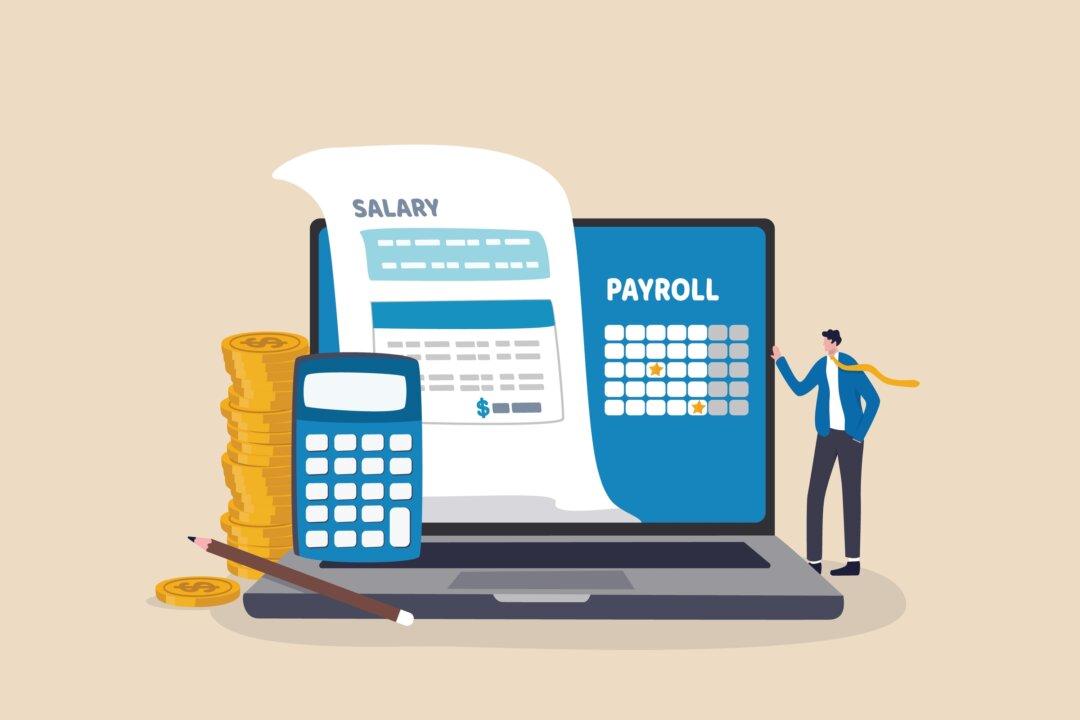Want to boost your savings and make every paycheck count? As a budget-saver, I’ve spent years uncovering the most effective strategies to help you grow wealth.
In this article, you’ll read the top eight money moves to make as soon as your paycheck hits your bank account. These proven tips will help you save more, invest wisely, and build a rock-solid financial foundation for long-term success.






